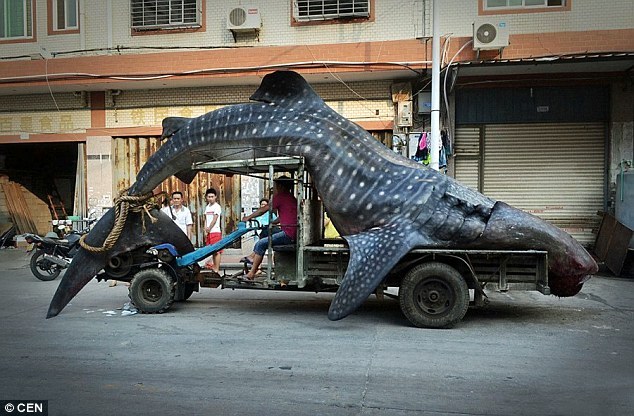Inside the Kowloon Walled City where 50,000 residents eked out a grimy living in the most densely populated place on earth
Janill Gilbert stashed this in Interesting
Once thought to be the most densely populated place on Earth, with 50,000 people crammed into only a few blocks, these fascinating pictures give a rare insight into the lives of those who lived Kowloon Walled City.
Taken by Canadian photographer Greg Girard in collaboration with Ian Lamboth the pair spent five years familiarising themselves with the notorious Chinese city before it was demolished in 1992.
The city was a phenomenon with 33,000 families and businesses living in more than 300 interconnected high-rise buildings, all constructed without contributions from a single architect.
Ungoverned by Health and Safety regulations, alleyways dripped and the maze of dark corridors covered one square block near the end of the runway at Kai Tak Airprot.
'I spent five years photographing and becoming familiar with the Walled City, its residents, and how it was organised. So seemingly compromised and anarchic on its surface, it actually worked and to a large extent, worked well,' said Mr Girard on his website.
Dating back to the Song Dynasty it served as a watch post for the military to defend the area against pirates and to manage the production of Salt before eventually coming under British rule.
However, during the Japanese occupation on Hong Kong in the Second World War parts of it were demolished to provide building materials for the nearby airport.
Once Japan surrendered from the city, the population dramatically increased with numerous squatters moving in. Eventually it became a haven for criminals and drug users and was run by the Chinese Triads until 1974.
By the early 1980s it was notorious for brothels, casinos, cocaine parlours and opium dens. It was also famous for food courts which would serve up dog meat and had a number of unscrupulous dentists who could escape prosecution if anything went wrong with their patients.
The city eventually became the focus of a diplomatic crisis with both Britain and China refusing to take responsibility.
Despite it being a hotbed of crime many of its inhabitants went about their lives in relative peace with children playing on the rooftops and those living in the upper levels seeking refuge high above the city.
The rooftops were the one place they could breathe fresh air and escape the claustrophobia of their windowless flats below.
Eventually, over time both the British and Chinese authorities found the city to be increasingly intolerable, despite lower crime rates in later years.
The quality of life and sanitary conditions were far behind the rest of Hong Kong and eventually plans were made to demolish the buildings.
Many of the residents protested and said they were happy living in the squalid conditions but the government spent $2.7billion Hong Kong dollars in compensation and evacuations started in 1991. They were completed in 1992.

































3:36 PM Jul 01 2014